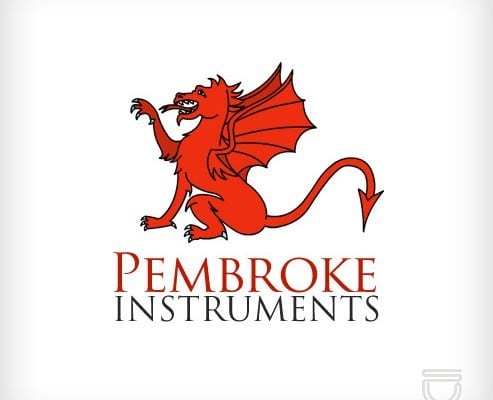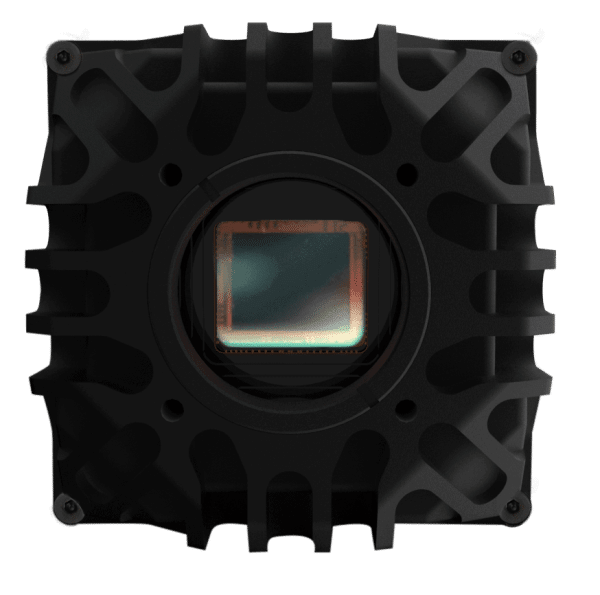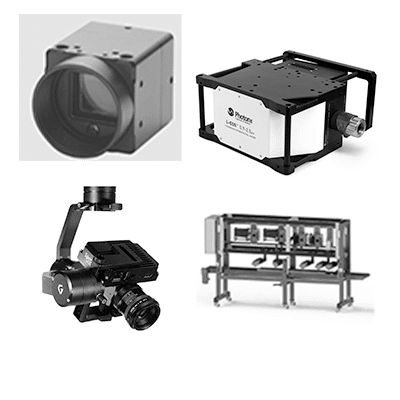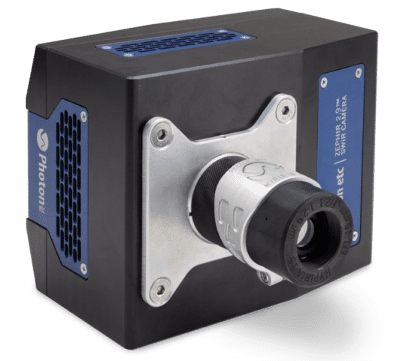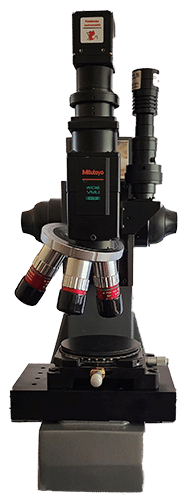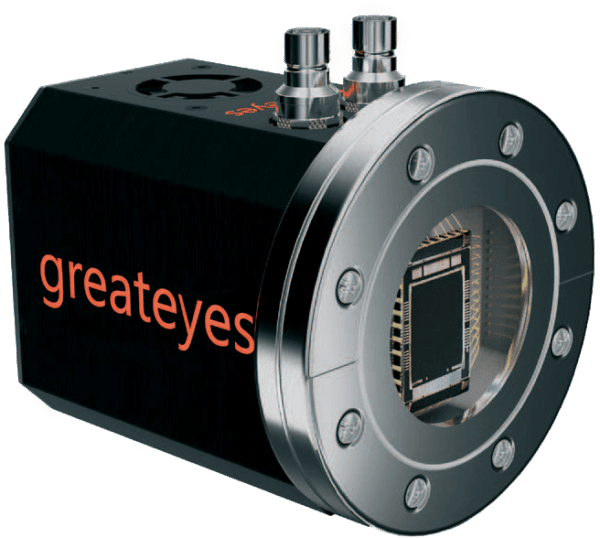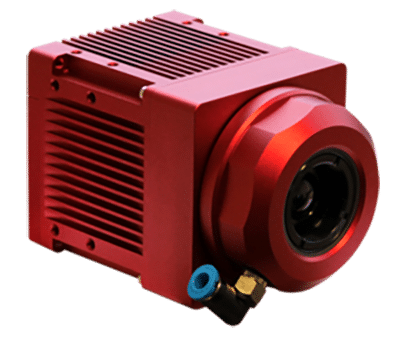New Imaging and Spectroscopy Products for 2023
For immediate attention to obtain a quote or technical support, please fill out our contact form.
- SXGA resolution – 1280x1024px @10µm pixel pitch
- Linear response mode: High sensitivity
- Read-out noise 30e-
- USB 3.0 & CameraLink & SDI interface
- TEC1
- Available in Compact & Smart
- GenICam compliant (Smart)
LOTTE in-vacuum low noise CCD camera is the latest innovation from Greateyes. LOTTE can be submerged, operated and positioned freely inside a vacuum chamber. Utilizing scientific-grade back-illuminated CCD sensors for the detection of EUV, VUV and X-ray. Request Quote Learn More
We offer hyperspectral cameras for industrial, medical, research and drone applications. Learn More
The Siena takes near-infrared spectroscopy to a new level. It combines the performance and flexibility of an array-based spectrometer with the size, price and reliability required for mobile applications and industrial sensors. For the first time it offers wavelength ranges up to 2100 nm with an uncooled InGaAs array sensor. Learn More
Extend the boundaries of industrial imaging with the Zephir series SWIR camera platform supports SWIR cameras sensitive from .4 nm to 3.1 µm. Using a sensitive InGaAs or HgCdTe (MCT) FPA, ZEPHIR™ collects images at an astounding 345 frame-per-second rate while reaching unrivalled low noise levels with the integration of a four-stage TE cooler. Learn More
We have introduced a new microscope platform that supports both NIR and SWIR microscopy. Each microscope is exactly configured to your requirements for imaging spectral range, field of view range, and illumination. Learn More
Based on a unique platform concept, CCD’s designed by Greateyes is a product family of scientific cameras for imaging and spectroscopy in the X-Ray, XUV, EUV, UV, VIS and NIR range. The deep-cooled, high-performance CCD detectors are very compact. They combine highly sensitive sensors with ultra-low noise 18-bit electronics for optimal detection of weak signals.
Innovative and affordable spectrometers for VUV/XUV/Hard X-Ray spectroscopy applications in science and industry. VUV and X-Ray Spectrometers
With the IRSX series, intelligent, self-contained thermal imaging systems that are consistently designed for industrial use are available for the first time. Designed as an all-in-one solution, the IRSX cameras combine a calibrated thermal imaging sensor with a powerful data processing unit and a variety of industrial interfaces in a rugged IP67 housing small enough to fit in the tightest of spaces. Once installed, they communicate directly with your process control, providing an outstanding functionality for the practical implementation of Industry 4.0. An impressive performance package that has made the IRSX series one of the Stand-alone solution for thermal machine vision and winner of the Vision Systems Design Innovators Awards 2019. Learn More Thermal Imaging
